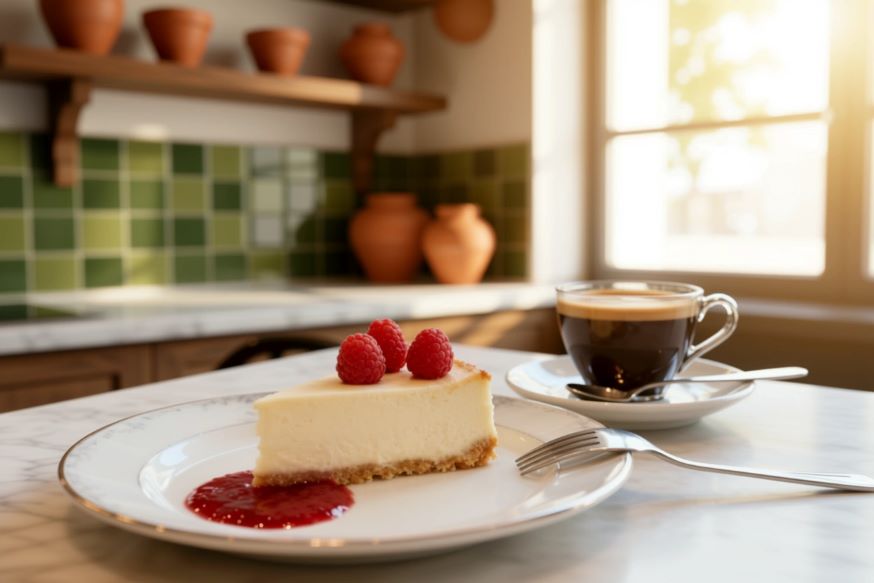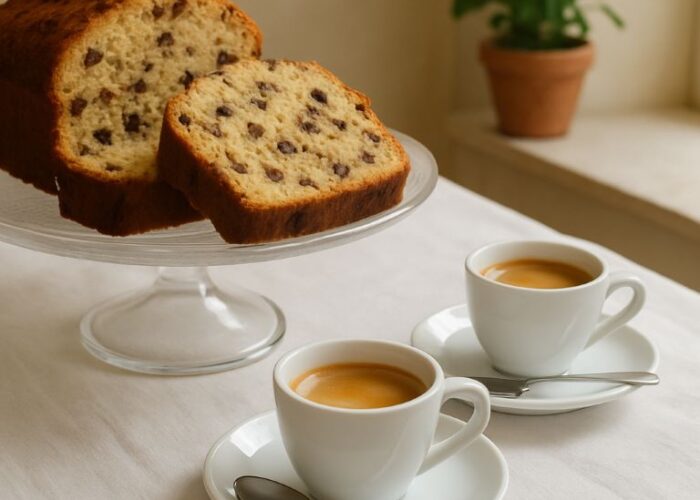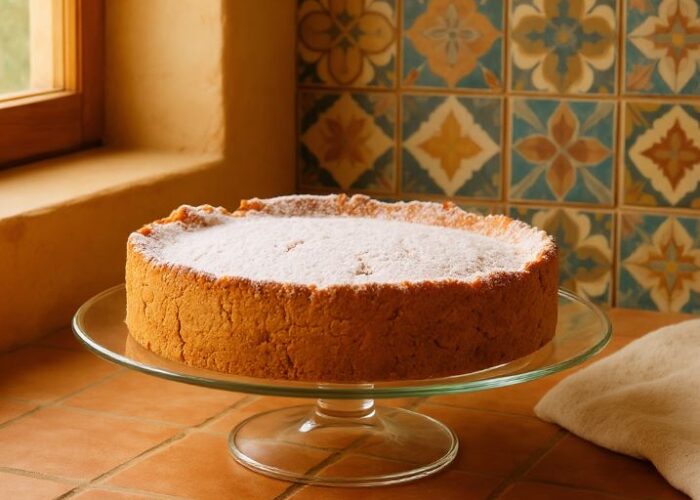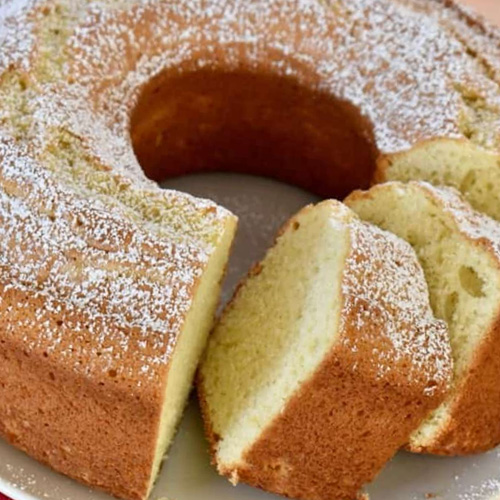Classic New York Cheesecake: A Timeless Indulgence
Classic New York Cheesecake isn’t just a dessert. It’s a story on a plate, known for its rich, creamy texture and gentle tang, this iconic treat has captured hearts in bakeries and homes worldwide. Every forkful is indulgent yet elegant, a perfect balance of simplicity and sophistication.
Cheesecake’s journey begins thousands of years ago in ancient Greece. Back then, bakers used fresh cheese, honey, and wheat to create a simple yet satisfying cake. As the recipe traveled through the Roman Empire and across Europe, it transformed. By the 18th and 19th centuries, European bakers had introduced cream and eggs, crafting richer, silkier versions that hinted at the dessert we know today.
The Birth of New York’s Iconic Style
The story of New York Cheesecake begins with immigrants arriving in the United States during the late 19th and early 20th centuries. They brought with them European cheesecake traditions, but it was New York itself that transformed the recipe. The city offered an abundance of cream cheese, a smooth, tangy cheese developed in the 1870s. When combined with butter, sugar, and eggs, it gave rise to a cheesecake that was thicker, denser, and creamier than anything Europe had seen.
Unlike its lighter European cousins, New York Cheesecake is unapologetically indulgent. Often baked on a buttery graham cracker crust, it has a silky interior and a firm, golden exterior that holds up beautifully under the knife. Baking in New York’s ovens added a signature density and velvety texture that has since become legendary.
Over time, this cheesecake became more than a dessert, it became a symbol of New York City itself. Bold, rich, and unapologetically classic, it’s served in diners, elegant restaurants, and neighborhood bakeries alike. While toppings like strawberries, blueberries, or chocolate drizzles are popular, purists often prefer it plain, letting the creamy flavor shine through.
Classic New York Cheesecake: Bold, Creamy, Unforgettable
Classic New York Cheesecake connects centuries of culinary tradition from ancient Greece to Europe and finally to the bustling streets of New York. Every slice tells a story of innovation, migration, and craftsmanship. It’s indulgent yet comforting, sophisticated yet approachable a dessert that truly embodies the best of tradition and modernity.
Whether served plain, topped with berries, or drizzled with chocolate, a slice of New York cheesecake is more than dessert, it’s a bite of history, tradition, and New York itself. New York Cheesecake is a sweet reminder that some classics never go out of style.
Crust
- 1½ cups (150g) graham cracker crumbs
- 6 tablespoons (85g) unsalted butter, melted
- ¼ cup (50g) granulated sugar
Filling
- 4 (8 oz / 900g total) packages cream cheese, softened
- 1 cup (200g) granulated sugar
- 1 cup (240g) sour cream, at room temperature
- 4 large eggs, at room temperature
- 2 teaspoons pure vanilla extract
- 2 tablespoons all-purpose flour (for stability)
- 1 tablespoon fresh lemon juice (optional, for subtle brightness)
Topping (optional)
- Fresh berries, strawberry sauce, or chocolate drizzle
PreparePreheat oven to 325°F (163°C). Wrap the outside of the springform pan with two layers of foil to prevent leaks. CrustIn a bowl, combine graham cracker crumbs, sugar, and melted butter. Mix until the texture resembles wet sand. Press the mixture evenly into the bottom of the pan. Bake for 10 minutes, then set aside to cool. Cheesecake FillingBeat the cream cheese on medium speed until smooth and fluffy—about 2–3 minutes. Add sugar and flour, and beat until well combined.Mix in the sour cream, vanilla, and lemon juice. Add eggs one at a time, beating on low after each addition just until incorporated (do not overmix). Bake Pour the filling into the cooled crust. Place the pan inside a larger roasting pan and pour in hot water halfway up the sides of the springform pan (this creates a water bath to prevent cracking).Bake for 60–70 minutes, until the center is slightly wobbly, but the edges are set. Cool SlowlyTurn off the oven, crack the door open, and let the cheesecake cool inside for 1 hour. Then remove from the oven, cool to room temperature, and refrigerate for at least 5 hours or overnight. Serve Remove the cheesecake from the springform pan. Slice with a warm knife (wipe between cuts for clean edges). Serve plain or with fresh berries or sauce.
Bring Ingredients to Room Temperature: Cold ingredients don’t blend smoothly and can lead to lumps in your batter. Let the cream cheese, eggs, and sour cream sit out for about 30–45 minutes before mixing.
Don’t Overmix the Batter: Once you add the eggs, mix on low speed just until combined. Overmixing adds air, which can cause cracks during baking.
Use a Water Bath (Bain-Marie): It may seem extra, but it’s worth it. The steam from the water bath creates gentle, even heat, preventing the top from drying or cracking. Make sure your pan is wrapped tightly in foil so no water seeps in.
Check for the Jiggle: When the cheesecake is done, the edges should be set, and the center should jiggle slightly when you gently shake the pan. It will firm up as it cools.
Cool Gradually: Sudden temperature changes can make the surface crack. Let the cheesecake rest in the turned-off oven with the door slightly open for about an hour before bringing it to room temperature.




